MANBIJ, Syria — Even as President Donald Trump mulls a U.S. pullout from Syria, insisting that the Islamic State group is “almost completely defeated,” the extremist group is showing signs of a revival.
Despite being kicked out of the main towns they once occupied near the Iraqi border, the militants have regrouped elsewhere and revised their tactics, recently mounting a brazen attack on a border city in eastern Syria and expanding their footprint inside the Syrian capital itself.
RELATED
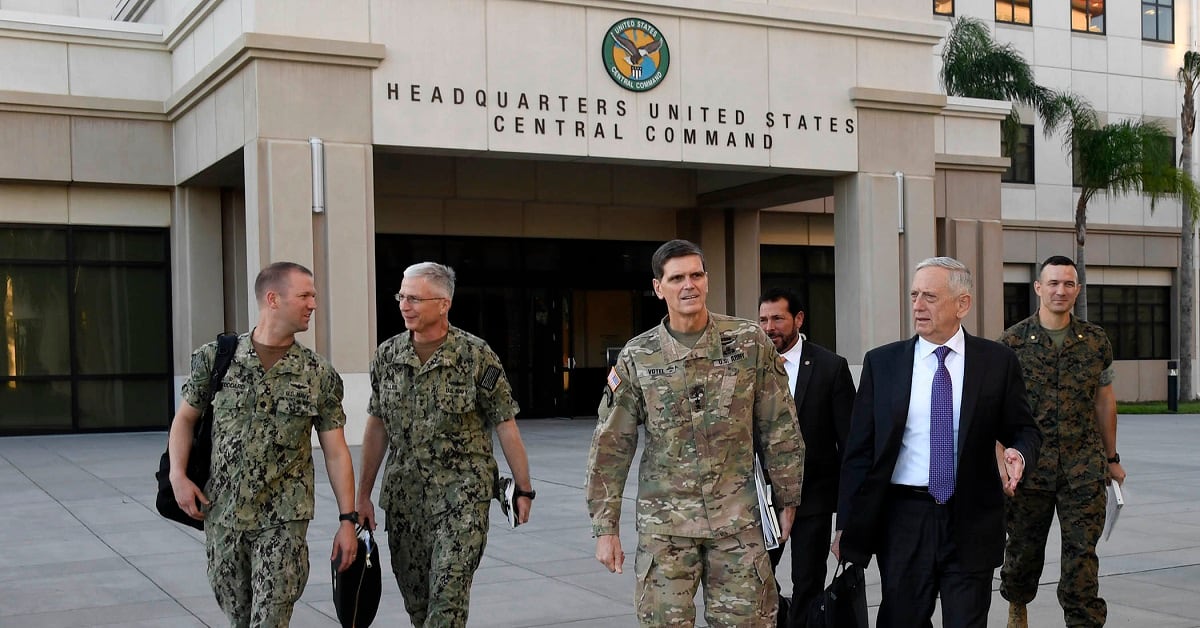
Talk of a U.S. troop withdrawal has alarmed the United States’ main ally in Syria, the Kurds, who fought alongside the Americans to roll back the Islamic State group. They fear not only an ISIS resurgence, but also that without U.S. troops in the country, Turkey, Russia and Iran will fill the void and wrest control of northern and eastern Syria.
The White House said Wednesday that the U.S. military mission against ISIS in Syria is coming to a “rapid end,” but offered no timetable for the withdrawal of the 2,000 U.S. troops other than to say they will leave just as soon as the last remaining ISIS fighters can be vanquished.
RELATED
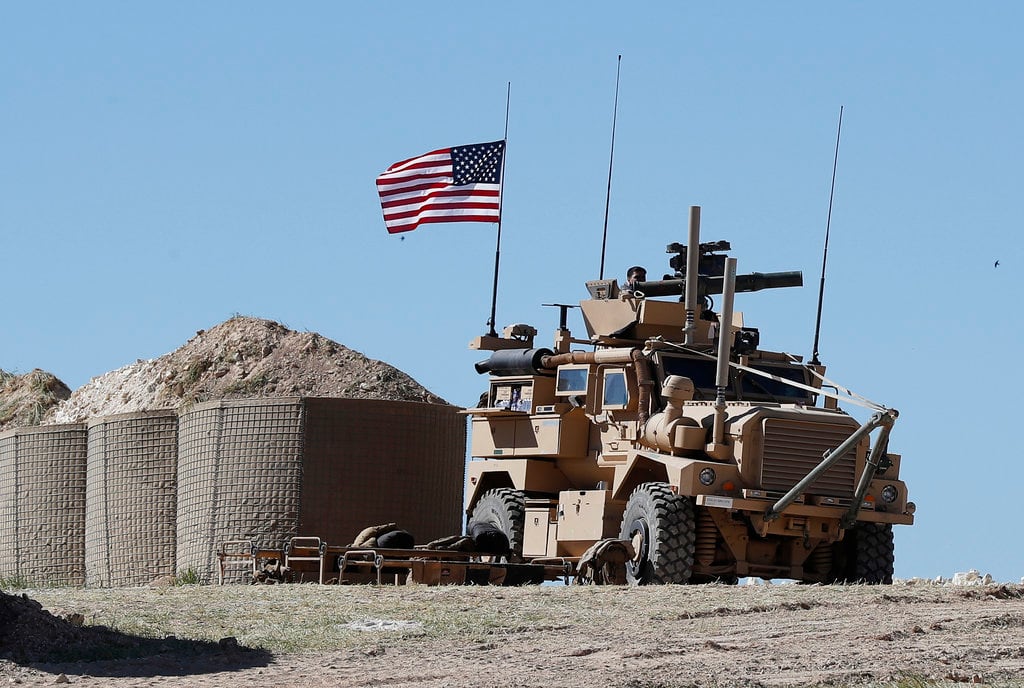
Trump, however, has signaled to his advisers that ideally, he wants all troops out within six months, according to three U.S. officials, who spoke on condition of anonymity because they weren’t authorized to discuss what transpired in a meeting with the president.
Developments on the ground, however, suggest it will be difficult, if not impossible, to completely snuff out the group before then.
“Daesh is not over,” said the commander of the U.S.-backed Manbij Military Council, the joint Kurdish-Arab body administering this strategic northern Syrian town.
“Daesh still has cells present in all areas and every now and then there are problems in areas where the cells are still operating,” said the commander, who spoke on condition he be identified only by his nom de guerre, Mohammed Abu Adel, in line with regulations, and referred to ISIS by its Arabic acronym.
Speaking to the Associated Press on Wednesday, he said the U.S. statements about a pullout were a cause for “concern on the street level” but that Kurdish officials were receiving reassurances from U.S. generals on the ground that American troops were staying.
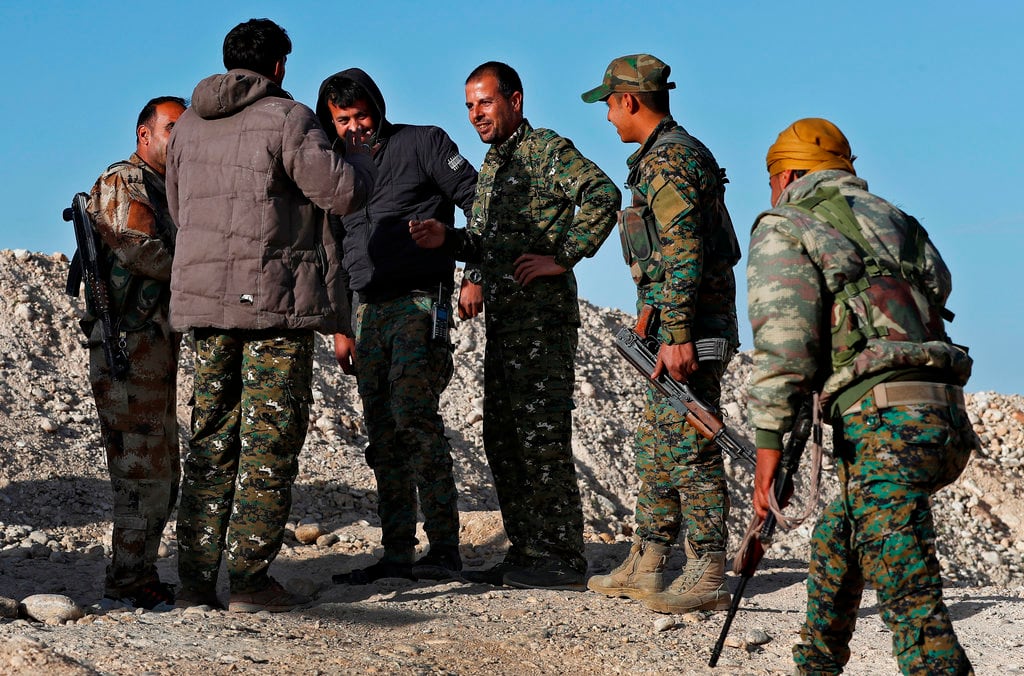
Last week, an explosion killed two coalition personnel, an American and a Briton, during an operation to capture a known ISIS member in Manbij, where U.S. troops maintain a large presence. It was the first such blast to hit the U.S.-led coalition since it deployed in the town months after the U.S.-backed forces liberated it from ISIS in 2016 following fierce battles that lasted nearly three months.
Since then, the town has served as a model of stabilization, but officials are now expressing concern about ISIS attempting to re-emerge.
RELATED
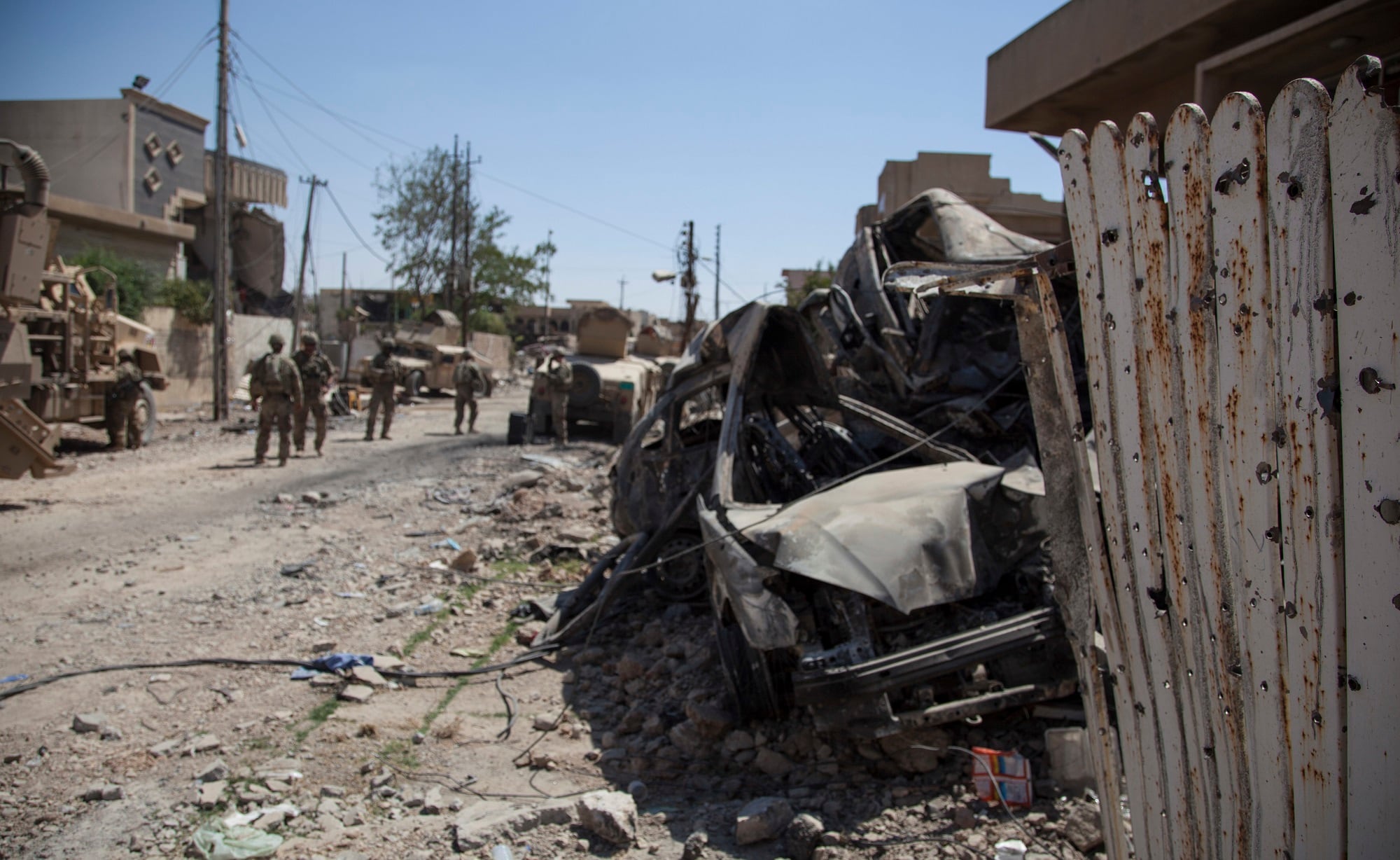
The U.S.-backed forces — a mix of Kurdish and Arab fighters known as the Syrian Democratic Forces, or SDF — routed ISIS militants from almost all the territory the extremists controlled in northern Syria, including the group’s de facto capital of Raqqa, in October. In November, a coalition of Iranian, Iraqi, Syrian and Russian forces secured the militant’s last urban stronghold, Boukamal, in eastern Syria on the border with Iraq.
That seemed to herald victory over the militants. The various sides then turned their attention to pursuing their own interests in the disintegrated country.
The ISIS militants kept a sliver of territory along the Euphrates River near Boukamal, and some nebulous zones of control in the desert of eastern Syria and on the border with Iraq — but nothing that seemed beyond containment.
But in a surprise attack, the militants stormed Boukamal on Monday, triggering heavy fighting before Iranian-backed Shiite militias beat them out, according to a war monitoring group and Syrian opposition activists with connections to the region. Approximately 400 Islamic State fighters crossed the Euphrates River and ambushed the town, according to the Syrian Observatory for Human Rights monitoring group, killed 11 pro-government fighters in clashes, and losing five of their own.
From their desert territory, the ISIS militants have harassed forces at oil stations, as well, according to Mohammad al-Ayed, director of the Palmyra News Network.
U.S. and Kurdish officers had warned of an ISIS resurgence when Turkey attacked the town of Afrin in northwestern Syria in March to drive out the main Kurdish militia, known as the YPG.
The YPG forms the backbone of the Syrian Democratic Forces, America’s main partner in Syria, which then shifted hundreds of fighters from operations against IS in eastern Syria to the front lines against Turkey in Afrin.
That forced a pause in operations against the main ISIS holdout in Syria. The U.S.-led coalition has cut its airstrikes against ISIS by half since the Kurdish-led fighters moved away from eastern Syria, said coalition spokesman Col. Ryan Dillon.
The U.S. relies on ground maneuvers by the Syrian Democratic Forces to flush out ISIS fighters and expose them to airstrikes, Dillon said. “If the SDF are not constantly putting pressure on ISIS elements, that allows them to quietly reconsolidate,” he added.
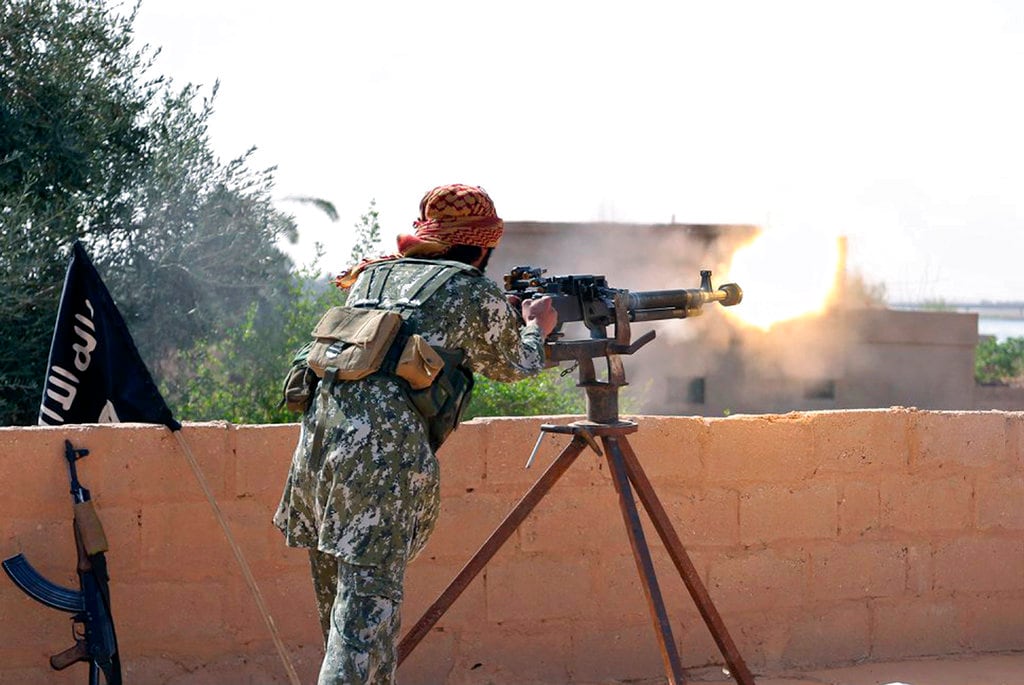
Meanwhile, with the Syrian government focused on vanquishing the rebels in their stronghold of eastern Ghouta, near Damascus, ISIS militants surged from a pocket of territory they hold on the southern edge of the capital to snatch a neighborhood right from under the government’s nose.
Some 120 pro-government fighters were killed in the battle of Qadam, according to the Observatory, losses that went unmentioned in state media. Other clashes between the two sides brought the government forces’ death toll to 204 in 23 days, the Observatory said.
ISIS has lost almost all the territory it once controlled in Syria and Iraq, land that had encompassed a third of those countries. But the pockets it still holds provide protection.
ISIS fighters have excellent knowledge of the desert areas along the Syria-Iraq border, dating back to the early days of the Islamic State group and even before, when the group was called al-Qaida in Iraq, said Jalal al-Hamad, a Europe- based Syrian activist who monitors the war with an organization called Justice for Life.
ISIS has extensive tunnels there and can move relatively undetected, avoiding Syrian and Russian airstrikes, al-Hamad said, though American planes can detect them. The militants use bad weather, particularly dust storms, to cross the Euphrates, he said.
The Kurdish-led Syrian Democratic Forces control about 25 percent of Syria, and the Kurds are hoping to emerge from the conflict with a degree of self-rule in their territory.
But they fear that an American withdrawal will leave them unable to hold on to much of that. It would allow Turkey, which succeeded in capturing Afrin, to carry out its threat to attack Manbij and try to take other Kurdish-held territory along the Syrian-Turkish border.
RELATED
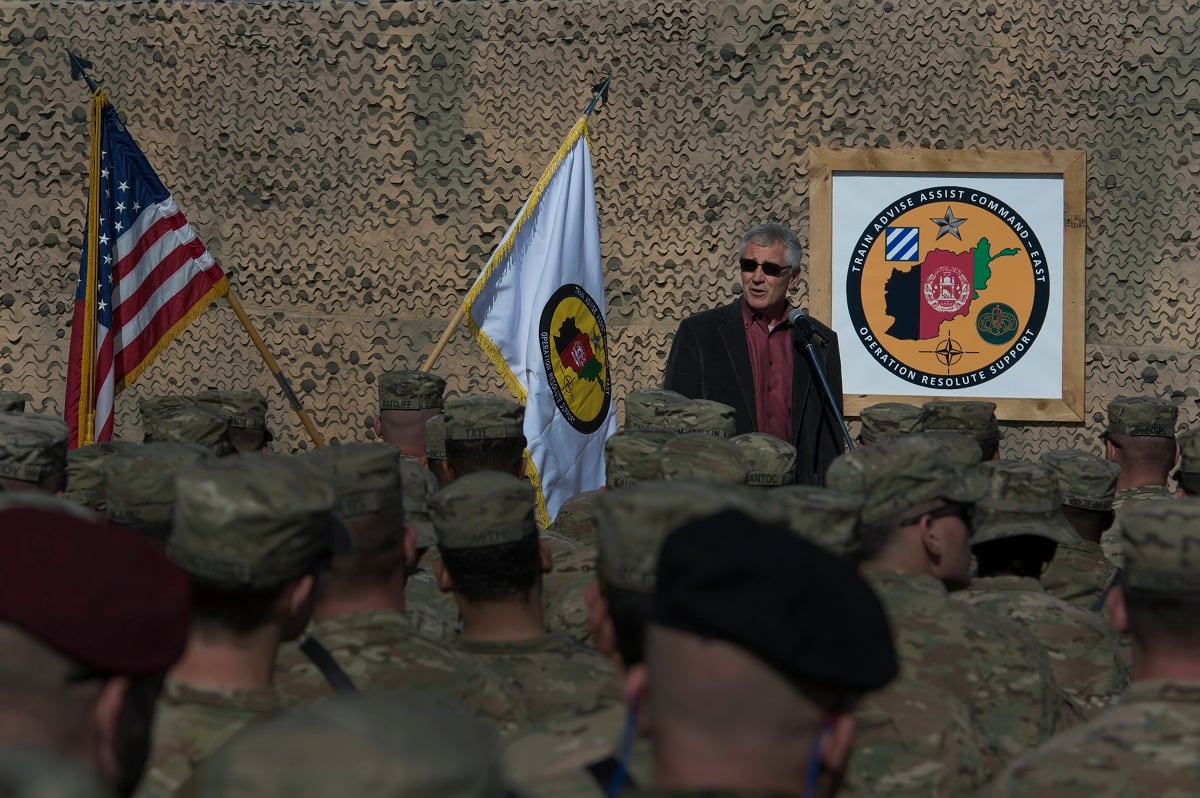
It would also, they warn, cede the east completely to Damascus’ allies Russia and Iran, which have set up a series of bases in the country during seven years of war.
Ilham Ahmed, a senior Kurdish official in Syria’s Raqqa province, said an American pullout would open the way for “total chaos in Syria.”
Trump appears to be unconcerned with such potential consequences, dramatically scaling back U.S. goals in Syria amid disagreements with his aides and national security team.
“As far as Syria is concerned, our primary mission in terms of that was getting rid of ISIS,” Trump said. “We’ve completed that task.”
The uncertainty puts U.S. officials in Syria in a difficult position, particularly vis-a-vis their local partners.
Dillon, the coalition spokesman, said he would not speculate on anything that’s going to happen in the future.
“We’re going to keep doing what we’re doing until we’re told otherwise,” he said.
Issa reported from Beirut. Associated Press writer Josh Lederman in Washington contributed to this report.





